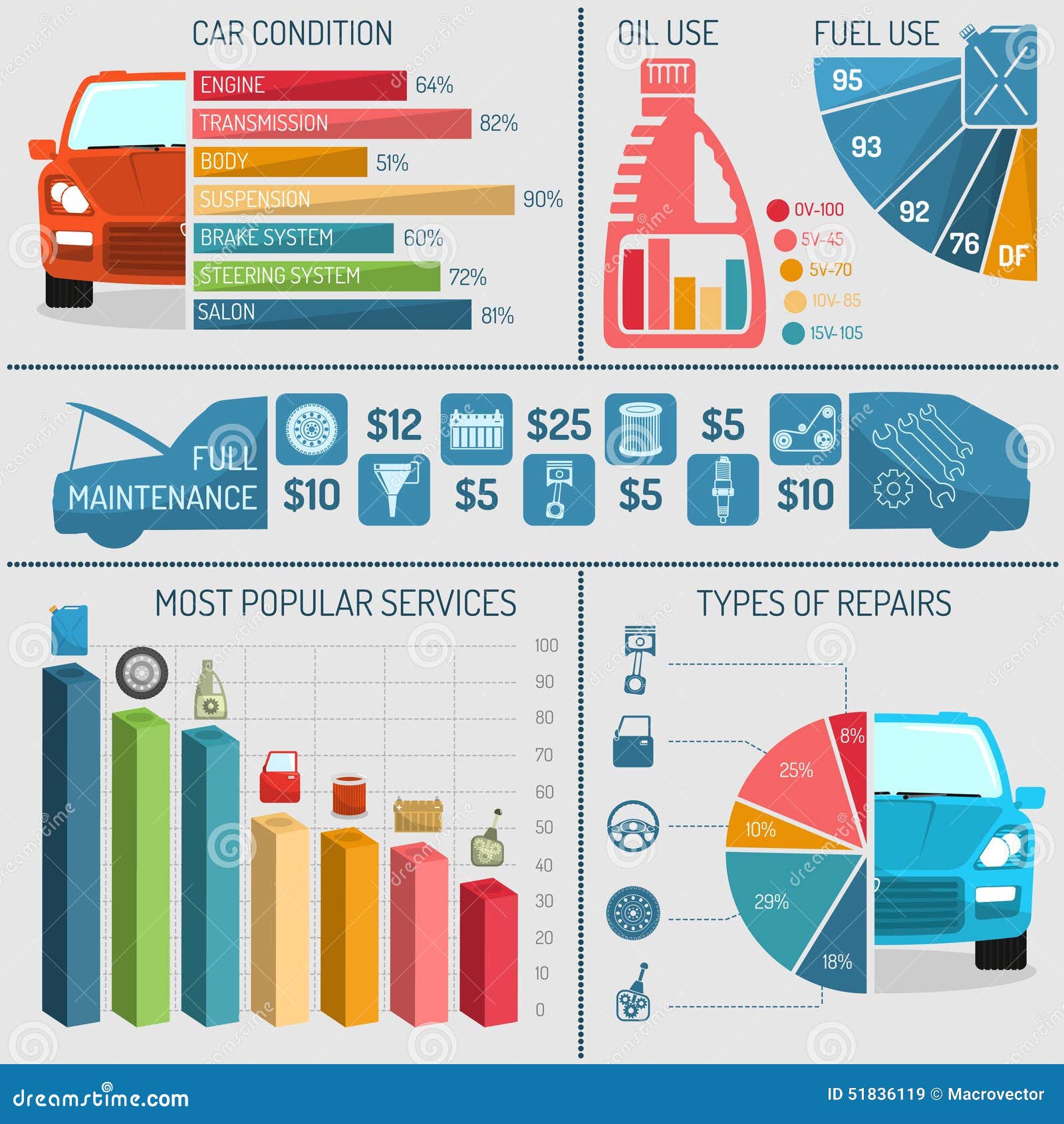Seeking Quality On The Caution Lights Showed On Your Car'S Dashboard? Find Out Just How They Associate With Your Lorry'S Health And Safety
Seeking Quality On The Caution Lights Showed On Your Car'S Dashboard? Find Out Just How They Associate With Your Lorry'S Health And Safety
Blog Article
Article Author-Termansen Torres
When you lag the wheel, those radiant caution lights on your control panel can be a little bit difficult. Do you know what they're attempting to inform you concerning your auto's health? Understanding the value of these lights is crucial for your security and the durability of your car. So, the next time among those lights turns up, wouldn't you intend to analyze its message accurately and take the required steps to address it?
Common Warning Lights and Interpretations
Recognize typical caution lights in your vehicle and comprehend their definitions to guarantee secure driving.
One of the most typical caution lights include the check engine light, which signifies problems with the engine or discharges system. If this light begins, it's critical to have your automobile examined quickly.
The oil pressure warning light indicates low oil pressure, needing prompt interest to prevent engine damage.
A blinking battery light might recommend a damaged billing system, possibly leaving you stranded otherwise addressed.
The tire pressure monitoring system (TPMS) light informs you to reduced tire pressure, impacting automobile security and fuel performance. Disregarding this could cause hazardous driving conditions.
The abdominal muscle light indicates a problem with the anti-lock braking system, compromising your capacity to stop rapidly in emergencies.
Lastly, the coolant temperature level warning light warns of engine getting too hot, which can result in extreme damage otherwise dealt with swiftly.
Recognizing these typical caution lights will aid you deal with issues quickly and preserve risk-free driving problems.
Relevance of Prompt Attention
Understanding the usual warning lights in your auto is just the initial step; the relevance of without delay attending to these cautions can't be emphasized sufficient to guarantee your safety when driving.
When a warning light brightens on your dashboard, it's your car's method of communicating a prospective problem that needs focus. Neglecting these warnings can result in much more severe issues later on, compromising your safety and possibly costing you much more in repairs.
Prompt focus to warning lights can protect against malfunctions and mishaps. As an example, a blinking check engine light could suggest a misfire that, if left ignored, might create damages to the catalytic converter. Addressing this without delay can save you from a pricey repair work.
In a similar way, a brake system warning light could signify low brake liquid or used brake pads, essential parts for your safety and security when driving.
Do It Yourself Troubleshooting Tips
If you notice a caution light on your dashboard, there are a couple of do it yourself fixing suggestions you can try before looking for expert help.
bodycoating is to consult your cars and truck's guidebook to recognize what the particular caution light indicates. In some cases the issue can be as basic as a loose gas cap triggering the check engine light. Tightening read here may solve the trouble.
Another usual problem is a low battery, which can trigger different cautioning lights. Examining the battery links for rust and ensuring they're secure could take care of the trouble.
If a warning light persists, you can attempt resetting it by disconnecting the car's battery for a couple of mins and after that reconnecting it. Furthermore, checking your vehicle's liquid levels, such as oil, coolant, and brake fluid, can aid repair cautioning lights associated with these systems.
Final thought
To conclude, understanding your car's caution lights is vital for maintaining your vehicle running smoothly and safely. By quickly resolving these notifies and recognizing what they imply, you can stay clear of expensive repairs and possible breakdowns.
Keep in mind to consult your vehicle's handbook for particular information on each advising light and do something about it appropriately to ensure a trouble-free driving experience.
Keep informed, remain risk-free when traveling!
